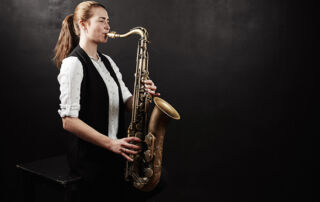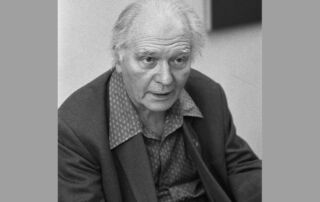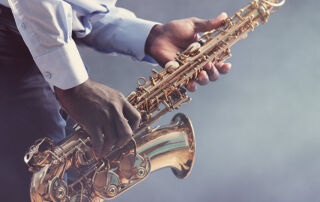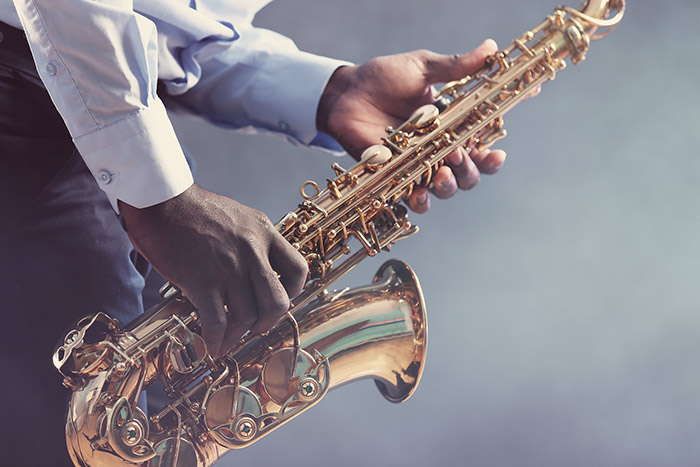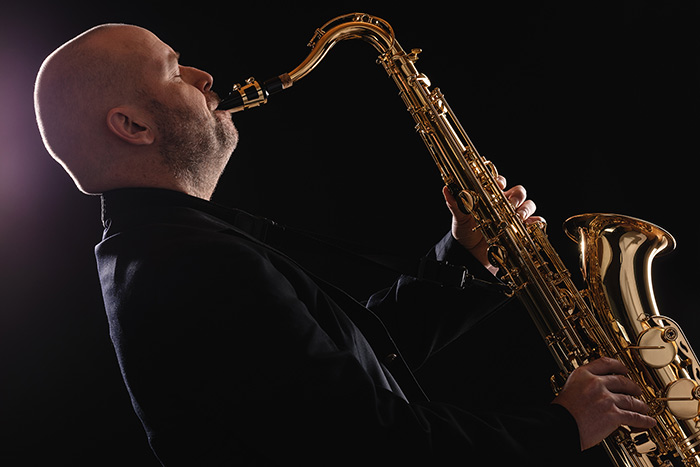When you think of the saxophone, jazz probably comes to mind. Its deep melodies and vibrant improvisations have become synonymous with this musical genre.
But did you know that the saxophone was originally designed for classical music?
Adolphe Sax, the inventor of the instrument, envisioned it as a bridge between woodwinds and brass, creating a versatile sound perfect for orchestras and military bands.
Over time, its unique tone and expressiveness captivated musicians from all backgrounds, sparking a journey of innovation, adaptation, and cultural transformation.
In this article, we will explore the history of the saxophone and discover how it evolved into a global icon of jazz.
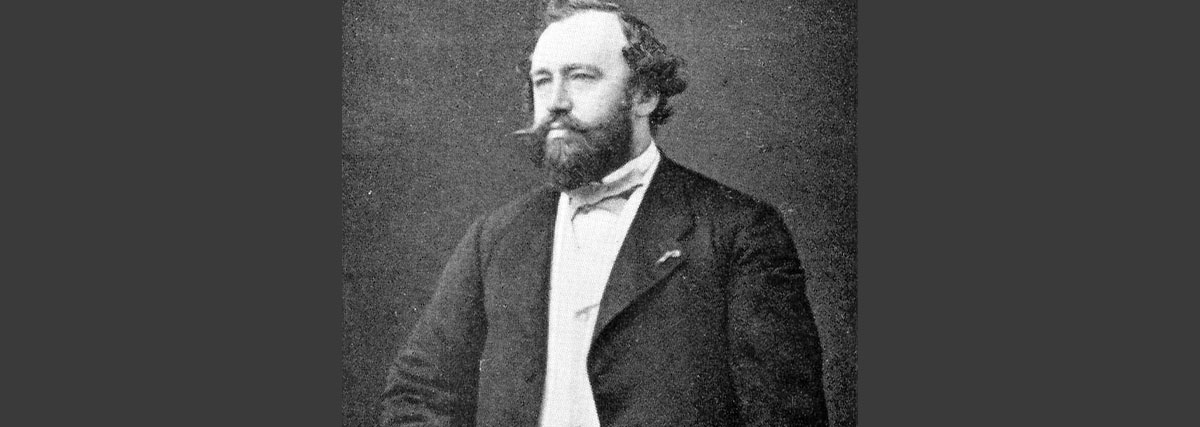
The Birth of the Saxophone
Adolphe Sax, the brilliant inventor of the saxophone, was born on 6 November 1814 in Dinant, Belgium.
His father, Charles Sax, was a master craftsman in musical instrument making, a passion he passed down to his son.
Adolphe developed his musical skills by studying the clarinet and flute at the Brussels Conservatory while nurturing an innovative spirit for instrument design.
His inventive journey began with improving existing instruments, such as the bass clarinet, and creating new families of wind instruments, including the saxhorn and the saxotromba.
In the 1840s, he unveiled his most revolutionary invention: the saxophone.
Originally designed for orchestras and French military bands, the saxophone received early praise from composer Hector Berlioz, who admired its unique sound and versatility.
This marked the beginning of the saxophone’s extraordinary journey, from its early use in classical settings to its eventual role in redefining the musical landscape across genres.

The French Military Bands
The saxophone's unique features, such as its ability to handle technical passages like a woodwind while producing a sound as powerful as a brass instrument, made it a natural choice for French military bands.
However, despite its potential, the saxophone faced limited acceptance in the 19th century. During this time, a few composers began writing for the instrument, such as Jules Demersseman,who composed a saxophone quartet.
At the beginning of the 20th century, the saxophone gained recognition with notable works such as Claude Debussy's "Rhapsodie pour saxophone", commissioned by Elise Hall, one of the most important figures in the history of the saxophone.
Gradually, the saxophone earned its place among the general public.
However, even today, it remains a marginal instrument in orchestras, not considered a standard member despite its use and popularity in other musical genres.

From Europe to the United States
In 1847, a saxophone school was founded in Paris, solidifying the instrument's role in European music education.
This initiative helped spread the saxophone's influence across Europe, ensuring its inclusion in military bands and orchestras.
In 1885, the first saxophone was manufactured in the United States by Gus Buescher, marking the instrument’s expansion beyond Europe.
As the saxophone gained worldwide recognition, it underwent numerous modifications, including improvements to its key system.
The 20th century saw the rise of the instrument in the United States, with the saxophone being adopted into jazz orchestras.
By 1914, the saxophone had become a symbol of jazz, marking a pivotal shift in its evolution from classical and military music to the vibrant world of American jazz.
This shift highlighted the instrument's adaptability, as its rich tone and versatility made it indispensable for jazz musicians.
The saxophone's growing presence in American musical culture not only showcased its flexibility but also led to innovations in jazz, influencing many artists and shaping the sound of the genre.

Entering the World of Jazz
At the beginning of the 20th century, the saxophone became a key instrument in ragtime orchestras and early jazz bands, thanks to its expressive capabilities and wide dynamic range.
The 1910s and 1920s saw a surge in its popularity in the United States, as jazz flourished in cities like New Orleans, Chicago, and New York.
Musicians such as Sidney Bechet and later Coleman Hawkins helped define the role of the saxophone in jazz, showcasing its ability to deliver soulful melodies and intricate improvisations.
The rise of the saxophone in the United States was driven by the thriving music scene of the early 20th century.
Vaudeville shows, brass bands, and dance orchestras widely incorporated it, further embedding it into American culture.
By the 1920s, the saxophone had become synonymous with the Roaring Twenties, a symbol of modernity and rebellion, especially among young people who embraced jazz as a cultural movement.
The saxophone’s global journey, from its European origins to its status as an icon of American jazz, reflects its adaptability and universal appeal.
Today, the instrument remains a bridge between classical traditions and contemporary musical innovations, thriving in genres as diverse as classical, jazz, rock, and electronic music.
The history of the saxophone is a tribute to innovation and adaptability.
From its invention by Adolphe Sax in Belgium in the 19th century to its iconic role in jazz and beyond, the saxophone has become one of the most versatile and expressive instruments in the world.
Although it began as an instrument for classical orchestras and military bands, its unique sound and capabilities allowed it to transcend genres, capturing the imagination of musicians and audiences alike.
Today, the saxophone remains a bridge between classical and contemporary music, a symbol of artistic expression that continues to inspire creativity across cultures and generations.
Whether in the hands of a jazz virtuoso or a classical soloist, the saxophone remains a shining example of how music can adapt, evolve, and connect us all.
For me, what I love about the saxophone is its incredible flexibility.
You can shape and mould its sound in countless ways, choosing the style or tone that matches the mood or the music being played.
It turns the impossible into possible, enabling limitless creativity and personal expression.
I hope you can embark on this musical journey with your instrument, discovering the saxophone’s unique ability to cross boundaries and bring your musical dreams to life!



